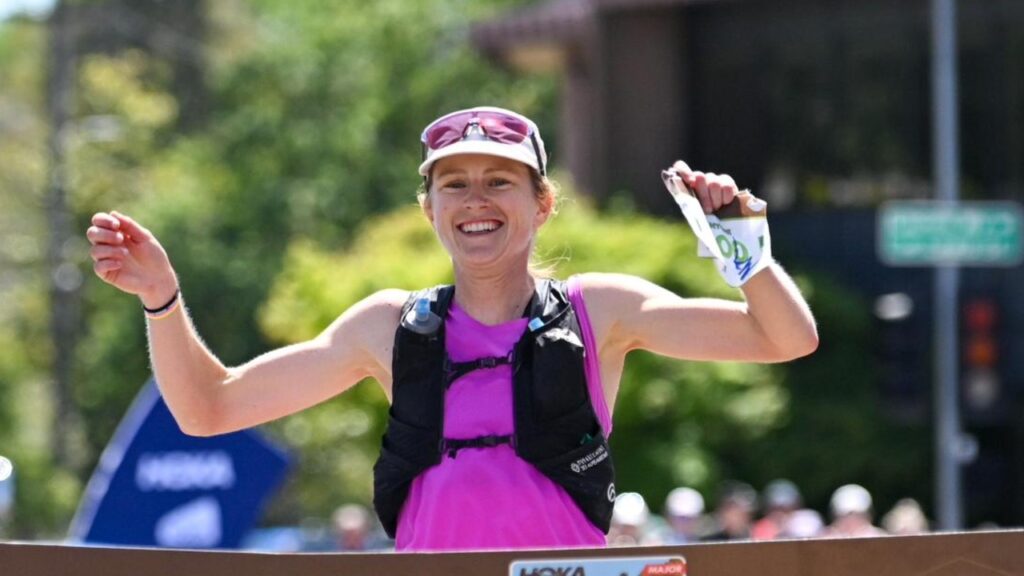Sierre-Zinal, often referred to as the race of five 4000s, holds significant appeal for experienced ultrarunners given its challenging yet scenic course in the Valais Alps. Spanning 31 kilometers with an elevation gain of 2,200 meters, the race showcases a demanding ascent, rewarding participants with sweeping views of notable peaks, including Weisshorn and Matterhorn. As one of the crown jewels of ultrarunning, it is not just a race but an opportunity for top athletes to test their endurance and strategy against a field of elite competitors.
The event first commenced in 1974 and has since attracted notable winners, including Kilian Jornet, who has secured a record ten victories, and Maude Mathys, who has been dominant among the women, clinching the title four times. Jornet’s prowess is underscored by his recent course record of 2:25:34, achieved in a gripping finish that highlighted the importance of both physical conditioning and race-day tactics. For experienced runners, his approach to pacing and strategic sprinting in the final kilometers can serve as a case study for those looking to optimize their performance in similar mountain races.
This year’s iteration, scheduled for 9 August, presents a particularly competitive lineup. Although Jornet did not enter, the roster includes many top finishers from previous editions, making the event a concentration of top-tier talent. Runners like Philemon Kiriago, who won in 2023, and women’s defending champion Joyline Chepngeno are expected to employ their well-honed strategies in navigating the course’s technical demands. Kiriago’s experience from last year’s close finish in conjunction with tactical prowess when faced with steep climbs and rapid descents makes him a formidable contender. Chepngeno’s ascent to prominence after an impressive international debut last year offers valuable insight into how competition experience can enhance performance, particularly when complemented by resilience and adaptability in race conditions.
As for route specifics, the start in Sierre marks the beginning of a steady climb, covering significant vertical gain before reaching the mid-point at Chandolin. With the initial ascent being the most strenuous, seasoned athletes often face decisions early on regarding how aggressively to establish their pace. The climb to 2,424 meters at Nava is critical, as it comes after an exertive early phase. Athletes must balance speed with caution, especially considering conditions that might affect traction or energy expenditure on the terrain.
The route’s final 15% entails a steep descent to Zinal, which offers an opportunity but also poses risks, as fatigue can compromise stability and technique. Experienced ultrarunners know the value of having a clear strategy for descending; optimal pacing and foot placement can impact not only performance but also injury prevention. An effective descent means engaging the core to control momentum while showcasing agility to maneuver potential obstacles. Observing how returning podium finishers like Patrick Kipngeno or Joyce Muthoni Njeru tackle these final kilometers can provide actionable insights for athletes looking to refine their approach.
Notably, races like Sierre-Zinal also impact broader competitive circuits, serving as part of the Golden Trail World Series and the WMRA Mountain Running World Cup. A competitor’s success here could serve as a qualifying marker for other prestigious races like the UTMB, making strategic participation and performance in such events essential for building a competitive resume. These qualifications often depend on both finishing times and overall performance against one’s peers, underlining the need for runners to be not only fit but tactically astute about when and where to position themselves during the race.
Gear is another consideration that can influence race outcomes, particularly regarding the weight and reliability of footwear and apparel. Innovations in trail running technology are leading to lighter, more responsive materials that can enhance performance without compromising durability. Runners should stay informed about advancements that could allow for improved speed and efficiency, particularly as they relate to breathability and traction on technical terrain.
While preparation for a mountain ultra like Sierre-Zinal demands comprehensive training, with early-season conditioning giving way to race-specific strategies as the event nears, it’s crucial for athletes to review their race plans dynamically. Understanding the competitive field and potential pacing strategies used by elite athletes in similar conditions can aid in developing a practical race-day approach.
In summary, as experienced ultrarunners gear up for Sierre-Zinal or similar events, focusing on tactical racing strategies, leveraging experience from past races, and staying informed about course profiles and gear innovations becomes fundamental. The key takeaway is that success in mountain ultras hinges not just on physical readiness but upon strategic execution, allowing athletes to optimize their performance while maintaining resilience against the unpredictable elements of trail racing.
